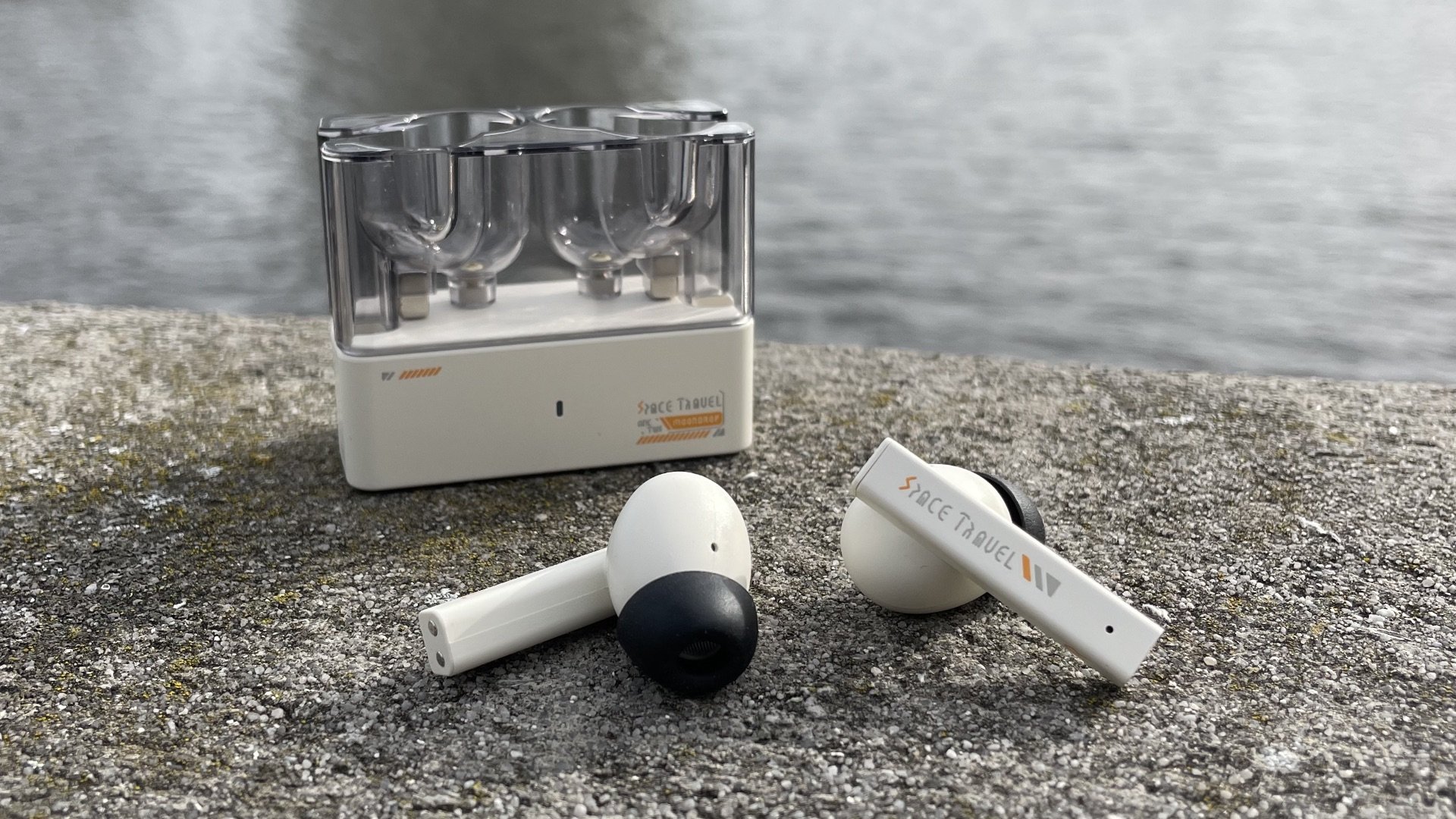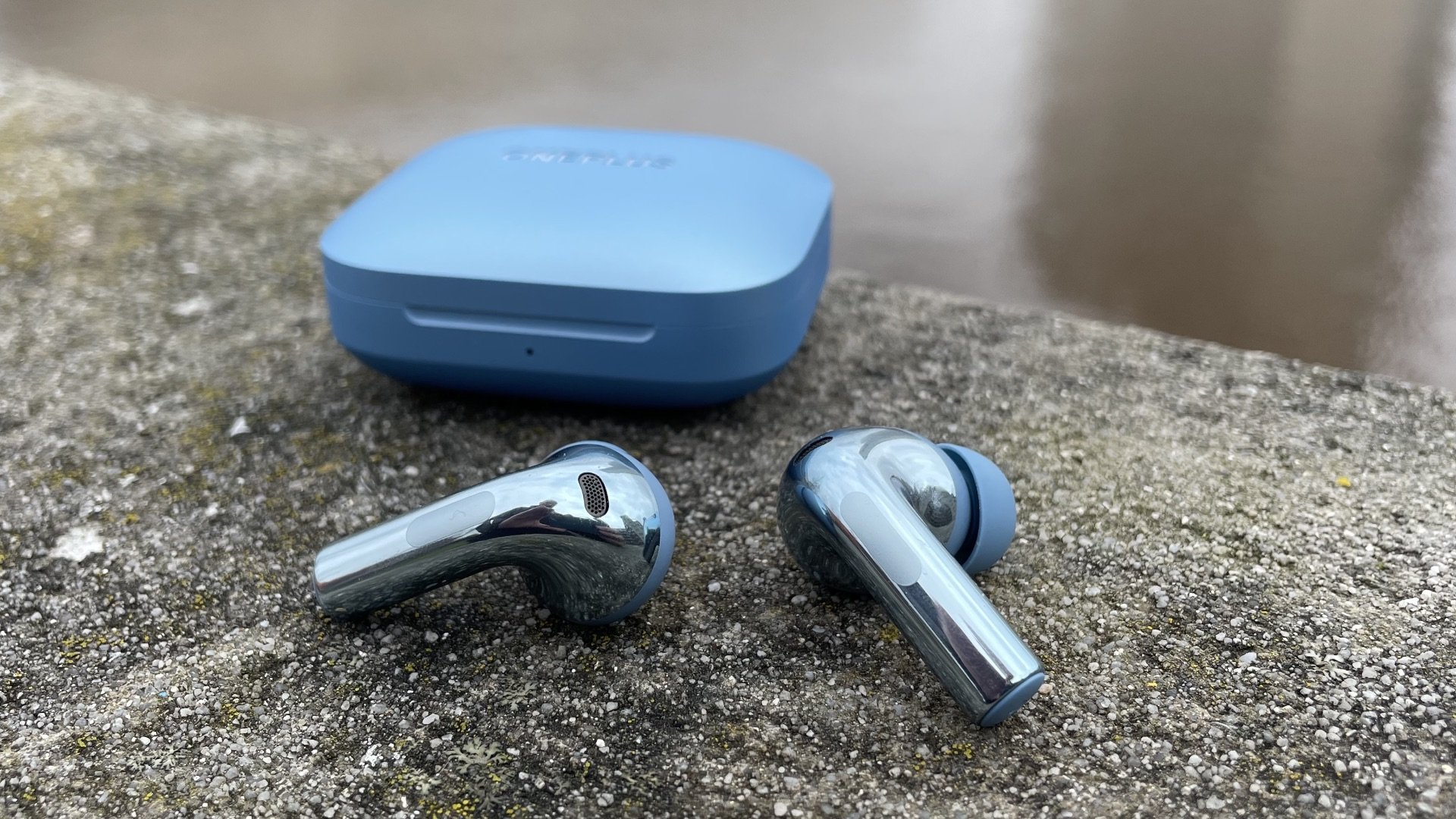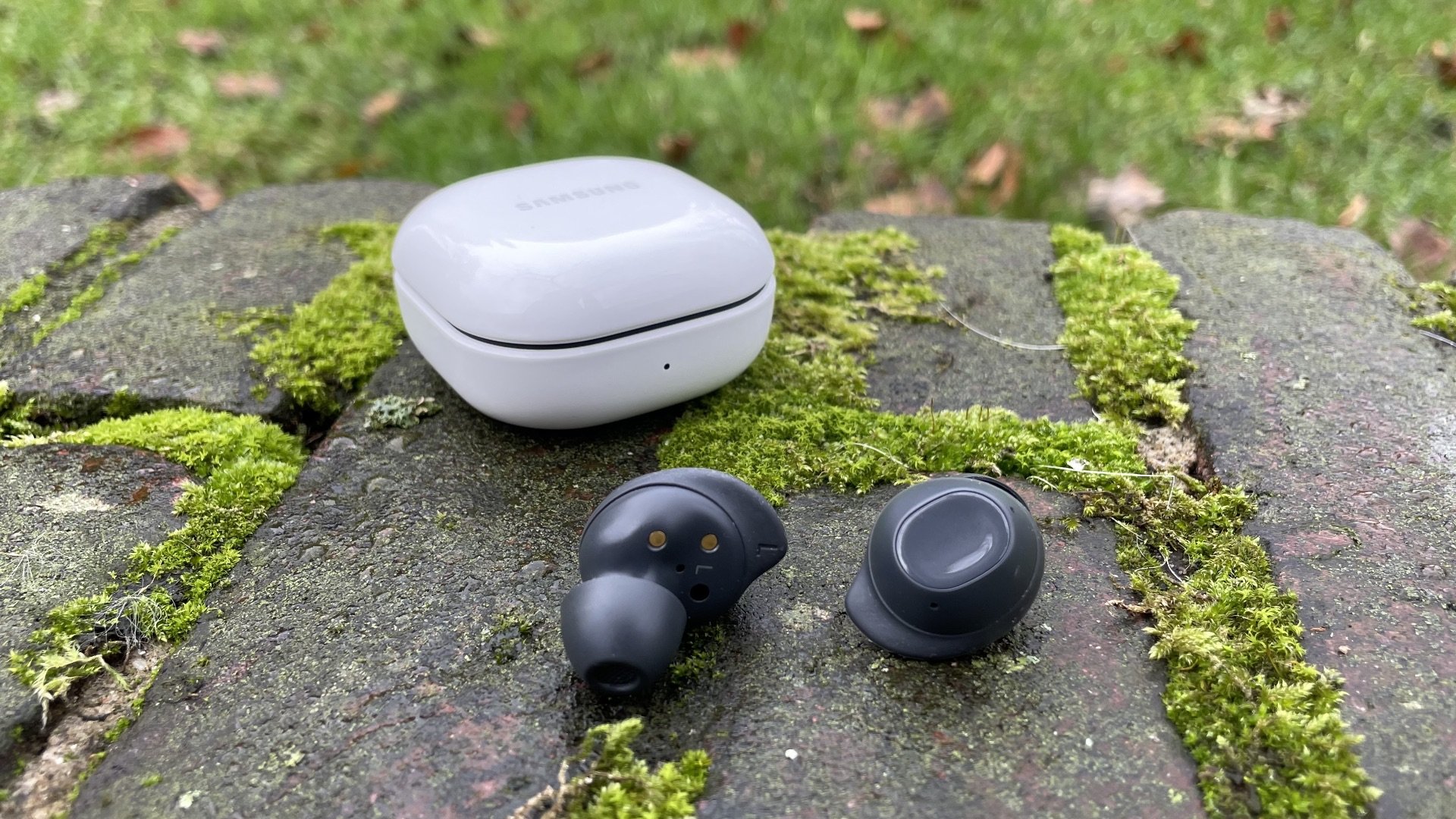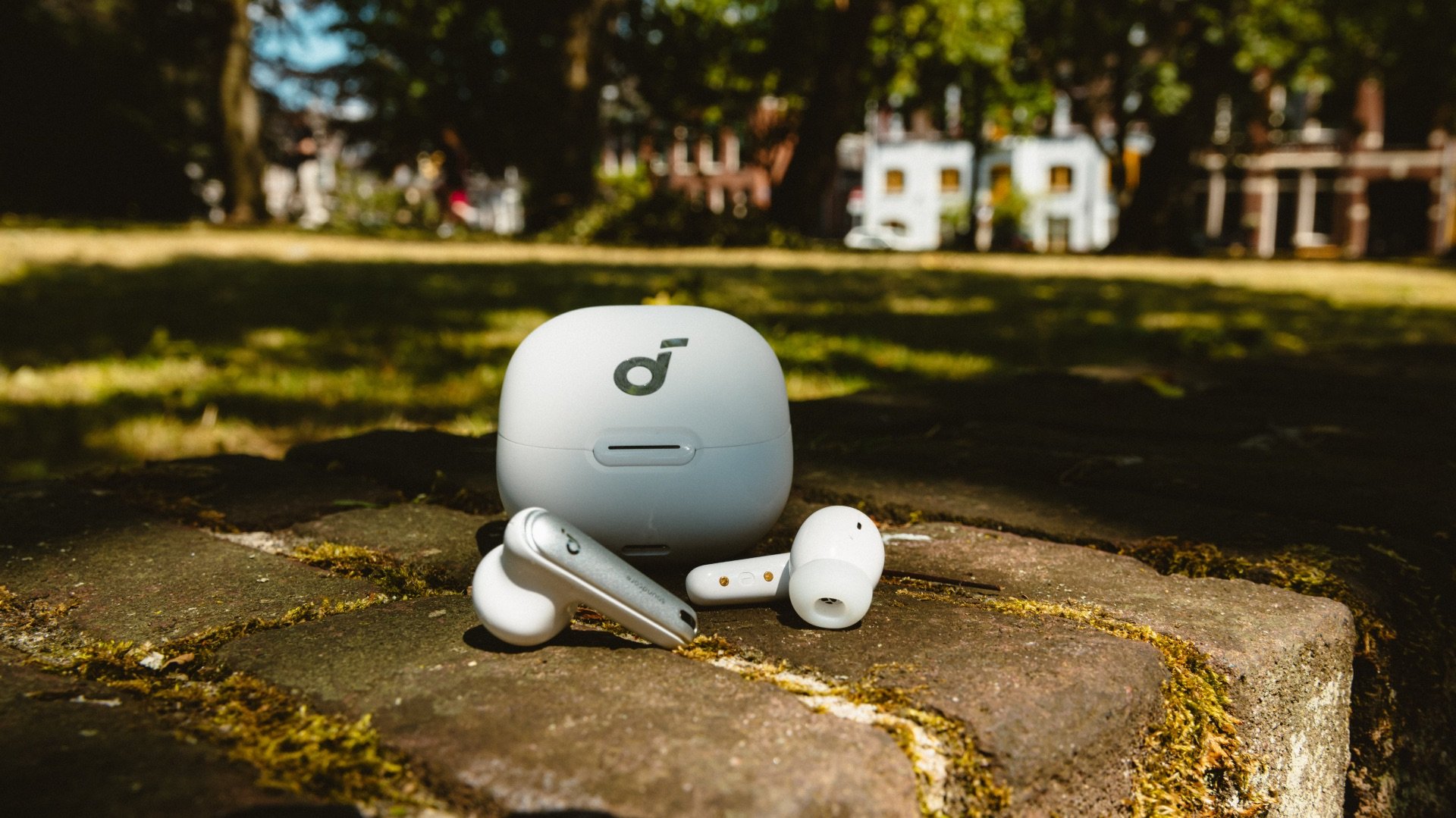Review: Tin Hifi TinBuds 3 vs Samsung Galaxy Buds 2 in 2023
Happy 2023, dear Scarbir.com readers! It's the start of new year in which I'm taking a different approach to reviewing wireless earbuds; more personal, more in comparison, more tests on the same page. It's a relief to do it a bit differently after doing 319 reviews the same way over and over again.
Let's kick it off with a comparison between two wireless earbuds that offer an impressive clear sound at around $100: the much-anticipated TinHifi TinBuds 3 versus the much-praised Galaxy Buds 2. Does the Samsung still hold up in 2023?
TinHifi TinBuds 3 review: Clearly not an all-rounder
$100 — 6.5 hours playtime — AptX Codec — No IPX
If you even remotely payed attention to the market of affordable wired earphones over the last years, you can't have missed TinHifi. The Chinese brand put itself on the map with sleek metallic housings and an exceptionally clear sound. Now these make a comeback in a wireless form, with the TinBuds 3.
But my oh my, this is a typical story of an audio quality-focused brand that's less at home in consumer friendly products for everyday use.
The slide-to-open, stylish metal charging case of the TinBuds 3 may be handsome, but the case is way too bulky to carry comfortable in a jeans or even jacket pocket. It can be a bit of hassle to get the earbuds out and when you do, the 'Connected' voice prompt is loud enough to make you deaf - no matter the volume you normally listen to. While the earbuds bear the typical ear-following shape of many fancy wired earphones (and a beautiful hand-painted look, it has to be said), they are on the bigger side. With a protruding nozzle and hook on the topside, you can always feel the earbuds sitting in your ears for their maximum of 6,5 hours per charge.
More to complain? Sadly, yes. The earbuds lack a waterproof rating, the touch panels are hard to locate and don't always respond well - even a single touch for play/pause doesn't always trigger, and as soon as there's noise or a bit of wind around you, the microphones fail to pick up your voice in phone calls. With no Active Noise Cancelling, Transparency mode, or app support at its $90 price, it's easy to say that the TinBuds 3 is far, far from an all-rounder.
It should be no surprise that the sound quality is TinBuds 3's best feature. TinHifi gave these earbuds an abundance of clarity with a colder-than-warm tonality. There's a fierce focus on center-mid tones and lower treble, which makes both male and lower female vocals front-and-center. They're full of body and nuances, even though higher female singers can battle a bit with equally clearly reproduced instruments like snare drums, acoustic guitars, and piano play.
Underneath the mids, the TinBuds 3 offers a tight bass that pushes gently and controlled - both in the mid- and sub-bass; although they too can feel merely assistive in songs with a lot going on in the mids. The TinBuds 3 can fall a bit flat and seem a bit thin sometimes. However, there's a nice airy feel in the sound, and while perhaps not every instrument has its own place in a song, they are accentuated well on your left and right. Another big treat is that the TinHifi can go lovely loud while maintaining its character, although the very highest volumes can make highs painfully splashy and introduce heavy sibilance (dragging sss-tones).
That's not the biggest issue, though. There's a white noise floor that is always present in more silenced or quiet parts of any song - a disturbing aspect in especially jazz, blues, easier-going songs, and classical pieces. In fact, the hiss is always audible after any kind of sound playback.
It ultimately means that the TinHifi TinBuds 3 isn't just a sub-par performer in features for the price; it also means that it's not quite the audiophile performer you'd expect from the brand.
Design and comfort: 2.5/5 - Sleek design, cumbersome bulky case, no IPX rating
Controls and connectivity: 3.5/5 - Solid connection, unresponsive controls
Playback: 4/5 - Flawless in videos and even capable for gaming
Call quality: 2/5 - Unusable in crowded and windy places
ANC: n/a
Transparency mode: n/a
App support: n/a
Sound quality: 4/5 - Outstanding clear mids, loud noise floor
VERDICT: THREE STARS (Worth considering)
$90
Buy on Linsoul
Samsung Galaxy Buds 2 review in 2023: Clear, comfortable and now fairly priced
$100 — 5-8 hours playtime ANC on/off — AAC Codec — IPX2
As a manufacturer of every consumer product possible, Samsung may not seem like much of a competitor to an audiophile-focused brand - but its Galaxy Buds 2 sounds wonderfully clear, now reasonably priced in 2023.
Samsung knows which features are needed to give earbuds a broad appeal. The Galaxy Buds 2 has a compact, snappy charging case which is easy to slide into any pocket, and the oval earbuds are compact and comfortable to wear for hours on end. You can do so too, as they boast a battery life from 5 hours with ANC on, up to 8 hours with the function turned off.
The Buds 2 has Active Noise Cancelling and a Transparency mode, but that doesn't mean the features are very useful. The noise reduction does dampen some volume across all frequencies, but ANC isn't successful in ruling out sounds. Voices, background radio, distant traffic: all remain clearly audible when you're not playing music. The Transparency mode does a fair job of making voices clearer around you when you need it, but the effect is lost when you're playing music on moderate volume or up.
More features are lacklustre: the earbuds are only minimal protective against light rain - with an IPX2 waterproof rating, and the call quality is downright poor. You sound fine in quiet areas, but the microphones struggle wildly with just a tiny bit of wind or irregular sounds around you. Controls are limited, with no possibility to change the volume - and only with the Android-app, you can add controls for skipping or returning a track. Even the connectivity is limited, with sound dropouts starting at 6 meters away from your device, rather than the usual 9 to 10.
What remains then, once again, is the sound quality. In this regard, the little Galaxy Buds 2 competes with the best offerings around its $100 price point. I'm not going to dive into the technicalities of the Harman-signature it tends towards, which aims to offer the researched sound most people like most, and which is held in high regard with audiophiles around the world. What you need to know, is that the Galaxy Buds 2 has an impressive combination of clarity and dynamics. Both male and female vocals sound strong and clear. They take center stage in the music and have plenty of nuances in both lower and higher tones. Cymbals can be a tad splashy, yet otherwise, treble and highs are controlled extremely well. Clear, but not sharp.
In the lows, the mid-bass is tight with an impactful enough thump to power-up demanding genres. The even lower sub-bass isn't the deepest, but it does deliver a tight rumble that can be felt. Lower-mids are slimmer; the least accentuated aspect of songs, not colouring music too warm or dark. More importantly, the lows aren't drowned by the clarity in the higher regions.
There's a certain ease with which the Buds 2 displays mids; guitars, piano, drums, trumpets: instruments sound natural. They can't always be placed precisely around you, but strike distinct from your left and right, even in more crowded compositions. Frequencies are separated greatly as well; there's a superb cleanliness to the sound.
If you own an Android phone, the app lets you increase the bass with the Bass or Dynamic equalizer, with Samsung-owners being treated to a head-tracking 3D sound mode as well. Unfortunately, that doesn't take away the single caveat of the earbuds' sound: the Buds 2 might not not be loud enough for the most loud listeners.
It may not be the most versatile pair of wireless earbuds with so many of its features executed poorly, but at around $100, the Samsung Galaxy Buds 2 may be worth it for its sound alone. It's the best sounding affordable TWS.
Design and comfort: 4/5 - Comfortable enough to sleep with, low IPX rating
Controls and connectivity: 3/5 - Limited out of the box, short range
Playback: 3/5 - Flawless in videos, heavy delays when playing games
Call quality: 2/5 - Hardly audible in crowded and windy places
ANC: 2/5 - Softens all sounds... only a bit
Transparency mode: 3/5 - Ineffective when playing music
App support: 4/5 - Android only; adds better controls and some equalizers
Sound quality: 5/5 - Best in class - combination of clarity and dynamics
VERDICT: 4.5 STARS (Great)
$80 - $120
Buy on Amazon US
Buy on Amazon UK
Buy on Amazon Germany
Buy from other Amazon countries
Alternatives to Samsung Galaxy Buds 2 and TinHifi TinBuds 3
Fiil T1 Lite
When looking at affordable earbuds with clear sound and excellent separation between frequencies, so you can hear as many (instrumental) details as possible, there are more options. The Moondrop Sparks is an offering like the TinBuds 3: convincing clarity combined with a a lack of features and an impractical form factor. It sounds a bit brighter than the two models on this page. The Sabbat E16 is another clear-sounding competitor with a big white noise floor. The $50 Edifier TWS1 Pro is excellent in handling treble, but lacks a bit of pronunciation in the lows, and doesn't always charge right. The even cheaper Fiil T1 Lite is the best alternative to the TinBuds 3 and Galaxy Buds 2; it's a bit sharper in the highs, but also offers thicker bass - a less sensitive, more engaging approach than the Galaxy Buds 2.
Also read: These are the best sounding wireless earbuds
Disclaimer: I bought these TWS true wireless earbuds myself or I received these products from the manufacturer or a distributor. I test and review all audio products equally honest - read about it here.
Consider buying this earphone? I'd really appreciate it if you use the links in this article. It won't cost you extra, yet it will financially support me a bit in my ongoing quest for great affordable audio. <3
Also read:
Leaderboard: All rated wireless earphones







